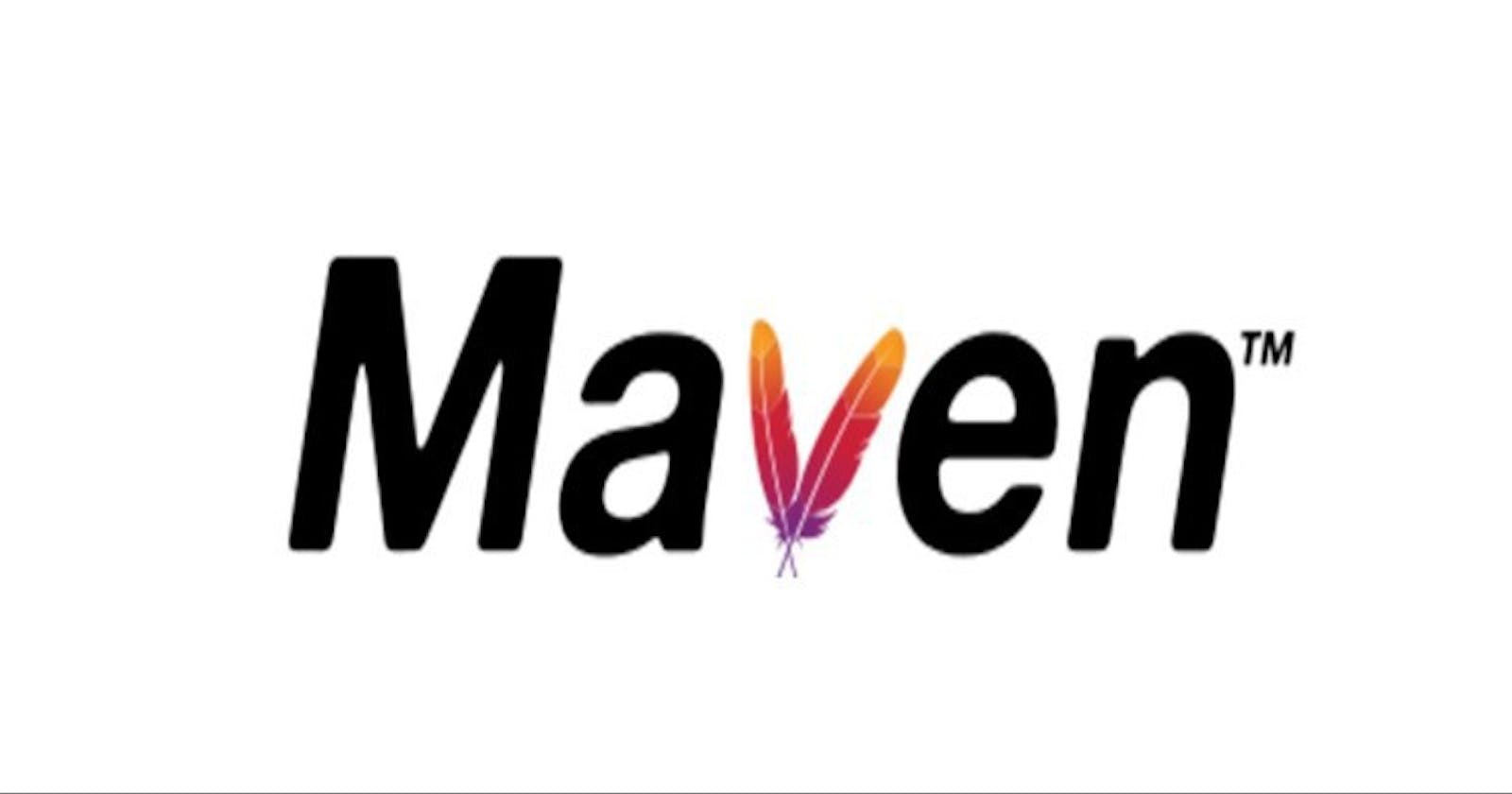Introduction
Managing dependencies is a crucial step in the development process for a Java developer. It might be difficult and time-consuming to make sure that all the necessary libraries and components are correctly integrated into a project. By offering a well-organized and effective method, Maven, a widely used build automation and dependency management tool, makes this process simpler. We'll look at Maven's advantages and how it makes managing Java dependencies easier.

What is Maven?
The Apache Software Foundation created Maven, an open-source framework for dependency management and build automation. It offers a structured method of project management that emphasizes best practices, standardization, and repeatability.
Why the Need for Maven arised
Before Maven was introduced, Java developers faced several challenges in managing dependencies and building processes.
Manually downloading the dependencies - For any Java projects, developers had to manually download, organize, and include all the necessary libraries and dependencies. This method took a long time and was prone to errors, especially when working with complicated projects that had many dependencies.
Inconsistent Project Structure - Because each project had its own directory structure and build procedure, there was inconsistency between them. It was challenging for developers to browse and comprehend unfamiliar codebases due to the absence of standardization.
Limited Reporting - At the time, it was difficult to conduct automated tests and provide reports as part of the build process since build technologies at the time had limited integration with testing frameworks. This made it more difficult to implement test-driven development techniques.
Maven Build Lifecycle
Maven specifies a typical build lifecycle with phases and objectives. A few crucial lifecycle periods are
Validate: Validate project configuration
Compile: Compile source code
Test: Run unit tests
Package: Package compiled code into a distributable format
Install: Install the package into a local repository
Deploy: Deploy the package to a remote repository
Key Features
Dependency Management - Maven enables developers to specify project dependencies in a single configuration file (pom.xml), and it then automatically resolves and downloads the necessary libraries from repositories.
Build Automation - Maven uses several predefined lifecycle phases and plugins to automate the build process, which includes compilation, testing, packaging, and deployment.
Project Structure - Developers can better understand and browse projects because Maven promotes a standardized project structure that complies with the convention over configuration thinking.
Transitive Dependency Management - Transitive dependencies, or dependencies needed by other dependencies, are handled by Maven. It guarantees that all essential dependencies have been met and are accessible within the project.
Centralized Repository Management - In order to eliminate the need for manual dependency management, Maven connects with Central repositories like Maven Central, where developers can discover a large selection of pre-built libraries.

Conclusion
Maven makes managing Java dependencies simple and offers a consistent method for automating builds. Maven facilitates better cooperation, time savings, and improved project maintainability for developers by managing project dependencies, automating builds, and supporting best practices. It is an invaluable resource for Java developers thanks to its strong ecosystem, thorough documentation, and connection with well-known development tools. By using Maven, developers may accelerate the development process and devote more time to writing code rather than managing dependencies.
